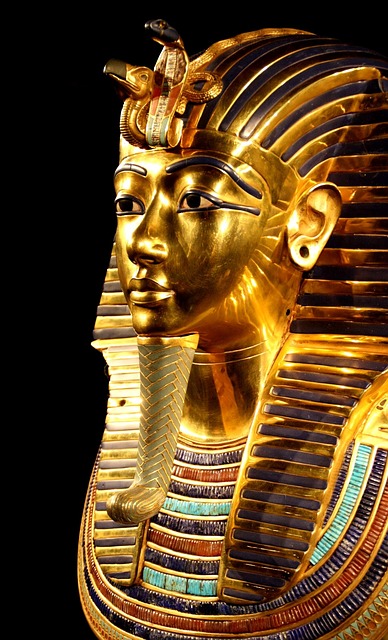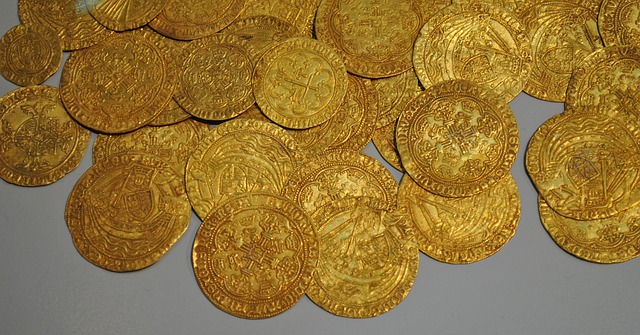A Gold IRA allows individuals to diversify their retirement portfolio by directly investing in physical gold, silver, platinum, and palladium, offering potential protection against inflation and market volatility. Unlike traditional IRAs, which focus on stocks, bonds, or mutual funds, a Gold IRA maintains the same tax benefits but with the added stability of real assets. To transition a 401(k) into a Gold IRA, one must be at least 59 ½ to avoid penalties, roll over funds into a self-directed IRA that permits precious metals investment, and use a qualified custodian who complies with IRS regulations for holding the physical gold. Investors should choose a trustworthy dealer for purchasing IRS-approved precious metals, such as American Gold Eagles or Canadian Gold Maple Leafs, and ensure their selections meet purity standards and are securely stored. The entire process must adhere to IRS guidelines to preserve the tax-advantaged status of the funds. It's essential to work with both custodians and financial advisors to ensure compliance and informed decision-making throughout the transition.
Discover the enduring allure of transforming your retirement savings into a tangible asset with our comprehensive guide on converting a 401(k) to a Gold IRA. This article delves into the intricacies of this alternative investment strategy, offering insights into the Gold IRA’s structure, advantages, and the meticulous process of effectuating the transfer. From eligibility and preparation to navigating the legal landscape and managing your investments post-conversion, we provide a clear framework to guide you through each step. Embrace the security and diversification that gold can offer within your retirement portfolio.
- Understanding the Gold IRA: Basics and Benefits
- Eligibility and Requirements for 401(k) to Gold IRA Transfer
- Steps to Convert Your 401(k) to a Gold IRA
- – Identifying a Trustworthy Precious Metals Dealer
- – Valuing and Selecting the Right Gold Investments
Understanding the Gold IRA: Basics and Benefits

A Gold IRA represents a specialized form of individual retirement account that allows for investment in physical gold, silver, platinum, and palladium. Unlike traditional IRAs that typically hold diversified portfolios of stocks, bonds, or mutual funds, a Gold IRA is structured to include tangible assets within the scope of retirement savings. The appeal of a Gold IRA lies in its potential to hedge against inflation and market volatility. Gold has historically been viewed as a “safe haven” asset, often maintaining its value or even increasing in worth during times when fiat currencies may be losing purchasing power. Investors looking for a diversified retirement portfolio that includes precious metals can benefit from the stability gold can offer. Additionally, holding physical gold within an IRA provides a tangible asset component to one’s retirement savings, which can act as a counterbalance against potential currency devaluation and the erosion of purchasing power over time. The tax advantages associated with traditional and Roth IRAs extend to Gold IRAs as well, making them a compelling option for those seeking to protect their long-term savings while also leveraging the unique benefits that gold can provide within a retirement framework.
Eligibility and Requirements for 401(k) to Gold IRA Transfer

To convert a 401(k) into a gold IRA, an individual must meet certain criteria and adhere to specific procedures. Eligibility-wise, the account holder typically needs to be over the age of 59 ½ to make a rollover transfer without incurring early withdrawal penalties. The 401(k) funds must be transferred to a self-directed IRA that allows for investment in precious metals. This type of IRA is distinct from traditional IRAs due to its flexibility in investment choices. The process begins with identifying a trustworthy custodian who specializes in gold IRAs, as the Internal Revenue Service (IRS) requires that physical gold be held by a qualified custodian. Once a custodian is selected, the account holder can initiate a direct rollover from their existing 401(k) plan to the new gold IRA. The transfer must follow IRS guidelines to maintain the tax-advantaged status of the funds.
The actual conversion involves a few steps. First, the account holder needs to decide on the percentage of their portfolio they wish to allocate to physical gold and other approved precious metals. Typically, the IRS stipulates that the IRA should hold a diversified array of metals, which includes gold, silver, platinum, and palladium in coins or bars that meet certain fineness requirements. After establishing this allocation, the custodian purchases the specified amount of compliant precious metals on behalf of the IRA. It’s crucial to work closely with both the custodian and a knowledgeable financial advisor throughout this process to ensure all IRS rules are followed and to make informed investment decisions in line with one’s retirement goals and risk tolerance.
Steps to Convert Your 401(k) to a Gold IRA

To convert your 401(k) into a gold IRA, a series of steps must be followed to ensure compliance with IRS regulations and to facilitate a smooth transition of your funds. The process begins with evaluating your current 401(k) plan’s terms, as not all plans permit rollovers to a different type of IRA. Once you confirm that a rollover is permissible, locate a reputable custodian specializing in gold IRAs, as they will hold the physical gold on behalf of your IRA. These custodians can provide you with the necessary information and forms for initiating a rollover.
Next, you’ll need to open a new self-directed IRA account with this custodian, ensuring that it is set up specifically for investing in precious metals. You will then request a direct rollover from your existing 401(k) plan by contacting the plan administrator and instructing them to send the required amount directly to the new IRA custodian. The custodian will inform you on how to proceed with purchasing the approved types of gold and other precious metals that can be held within an IRA, such as American Eagle coins, Canadian Gold Maple Leafs, or gold bars meeting certain fineness requirements. After the purchase, your chosen precious metals are then delivered to and stored by the custodian’s depository. Throughout this process, it is crucial to keep detailed records of all transactions to maintain the tax-advantaged status of your IRA.
– Identifying a Trustworthy Precious Metals Dealer

When considering the conversion of your 401(k) to a gold IRA, identifying a reputable precious metals dealer is paramount. This financial decision requires due diligence and research to select a dealer who offers transparent business practices, competitive pricing, and a wide array of investment-grade precious metals. A trustworthy dealer should be authorized by the Internal Revenue Service (IRS) and adhere to the standards set forth by the IRS for coins and bullion that qualify for an IRA. They must provide detailed documentation and facilitate the transfer process in compliance with IRS regulations, ensuring that the precious metals you invest in maintain their status within your self-directed IRA. It’s also advisable to look for dealers with a strong industry reputation, positive customer reviews, and a history of client satisfaction, as these indicators can provide assurance of their reliability and expertise in managing such transactions. Always verify the dealer’s credentials, including any necessary licenses and accreditations, to ensure your investment is safeguarded and aligns with IRS rules for gold IRAs.
– Valuing and Selecting the Right Gold Investments

When considering the conversion of a 401(k) to a gold IRA, valuing and selecting the right gold investments are critical steps in the process. The value of gold can fluctuate based on various economic factors, so it’s important to have a thorough understanding of the current gold market. Investors should focus on acquiring physical gold in forms approved by the Internal Revenue Service (IRS) for IRA purposes, such as coins, bars, and bullion that meet specific fineness requirements. These include American Gold Eagles, Canadian Gold Maple Leafs, and Gold Buffaloes, among others.
Selection of gold investments should be guided by factors such as purity, storage, and the reputation of the custodian or dealer. The purity of gold holdings within a gold IRA must be at least 99.5% for coins and bars to comply with IRS regulations. Storage options can range from allocating physical gold in a secure vault to using a reputable custodian that specializes in precious metals IRAs. It is advisable to conduct due diligence on the credentials of both dealers and custodians, ensuring they are reputable and have a history of transparency and compliance with IRS rules. This due diligence will help protect your investment and ensure that it adheres to the requirements for holding gold within a retirement account.
In conclusion, transitioning your 401(k) into a Gold IRA is a strategic financial move that can offer diversification and potential hedge against inflation and market volatility. By understanding the fundamentals of a Gold IRA, assessing your eligibility, and following the outlined steps, you can effectively navigate this process. Key to success is partnering with a reputable precious metals dealer who can guide you in valuing and selecting gold investments that align with your retirement goals. With careful planning and professional guidance, converting your 401(k) into a Gold IRA can be a prudent step towards securing your financial future.
